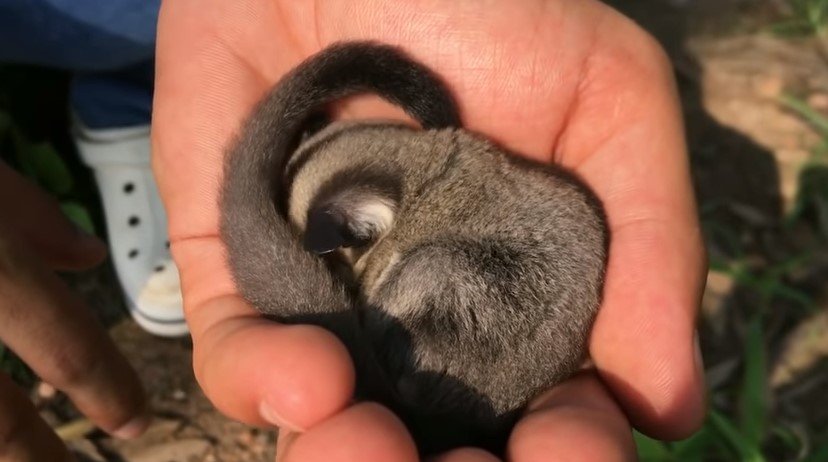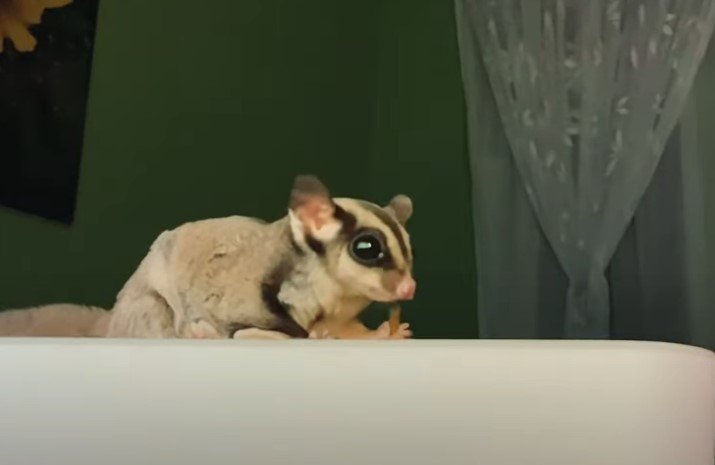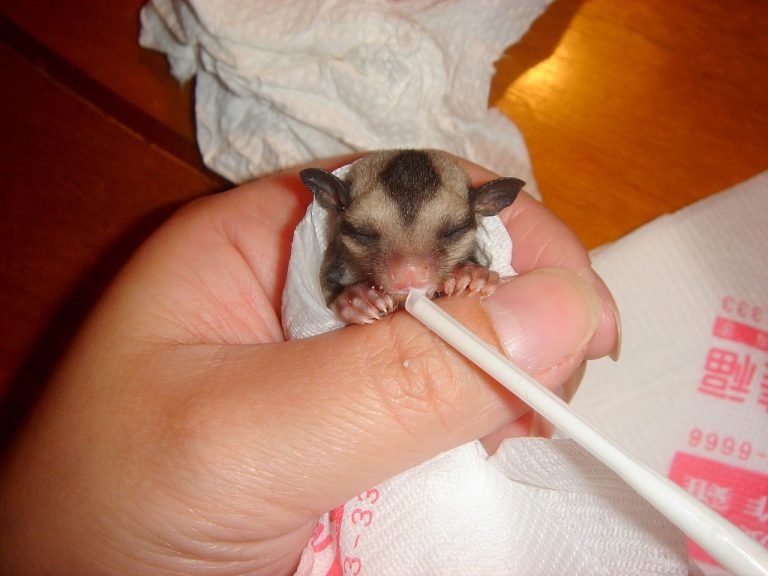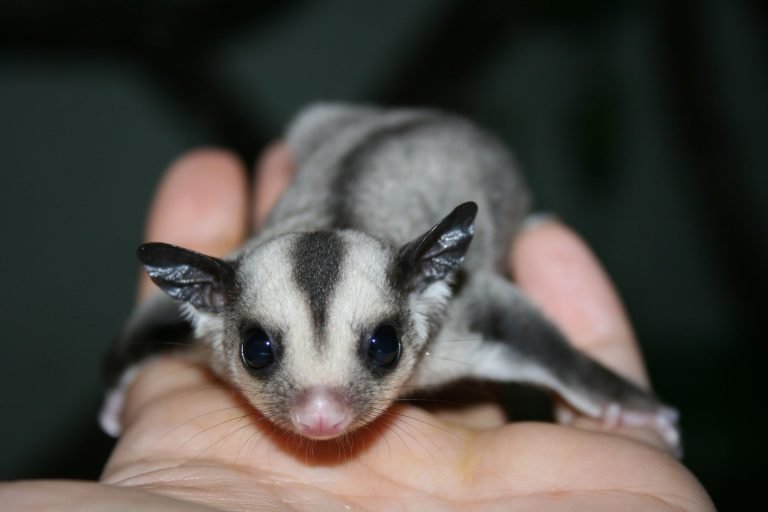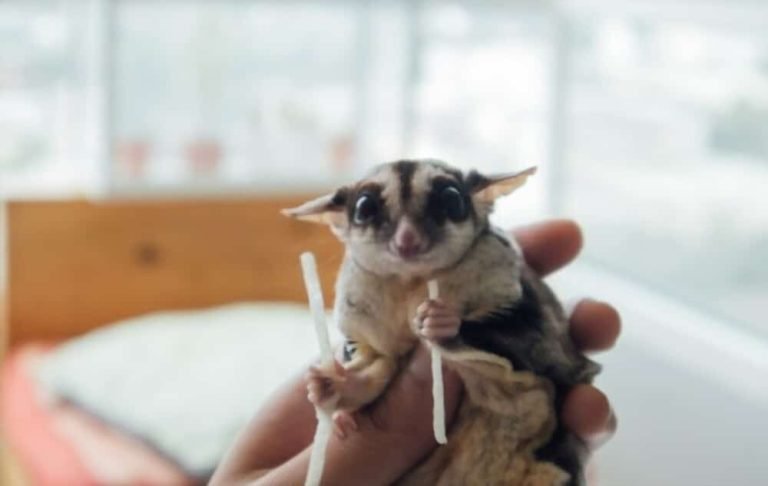How To Keep Sugar Gliders
If you’re looking to keep sugar gliders as pets, you’re in for a treat! These adorable little creatures make great companions and can bring a lot of joy to your life. But before you bring one home, it’s important to understand what these exotic pets need in terms of care and environment. In this article, we’ll walk you through everything you need to know about keeping sugar gliders as pets and ensure they lead a happy and healthy life.
What are sugar gliders?
Sugar gliders are small, nocturnal marsupials native to Australia, Indonesia, and New Guinea. They are called sugar gliders because of their ability to glide through the air from tree to tree, similar to a flying squirrel. These unique little creatures have become popular as pets due to their playful nature, unique appearance, and the bond they can form with their human owners.

1. Sugar glider housing
When it comes to housing sugar gliders, it’s essential to provide them with a spacious and stimulating environment that mimics their natural habitat. Here are some key considerations:
a. Cage size
Sugar gliders are highly active animals that require plenty of space to jump, climb, and glide. The minimum recommended cage size for a pair of sugar gliders is 24 inches wide, 24 inches deep, and 36 inches high. Bigger is always better, so if you can provide a larger enclosure, your gliders will appreciate it.
b. Cage setup
Inside the cage, you’ll need to provide various accessories and items to keep your sugar gliders entertained. These may include branches for climbing, hammocks for resting, a nesting box for sleeping, and a exercise wheel for physical activity. It’s also important to include multiple levels or platforms to allow for vertical movement.
c. Temperature and lighting
Sugar gliders are sensitive to temperature extremes, so it’s crucial to maintain a comfortable and stable environment. The ideal temperature range for sugar gliders is between 70 and 90 degrees Fahrenheit. Additionally, providing a source of UVB lighting can be beneficial for their overall health.
2. Sugar glider diet
Feeding sugar gliders a proper diet is crucial for their well-being. In the wild, their diet consists of a variety of nectar, tree sap, insects, and fruit. To replicate their natural diet, you’ll need to provide them with a balanced and nutritious blend of foods. Here are the key components of a sugar glider’s diet:
a. Fresh fruit and vegetables
Offer a wide variety of fresh fruits and vegetables to ensure your sugar gliders receive essential vitamins and minerals. Some examples include apples, bananas, blueberries, broccoli, carrots, and leafy greens.
b. Protein
In addition to fruits and vegetables, sugar gliders require a source of protein in their diet. This can be provided through cooked lean meats, such as chicken or turkey, as well as mealworms or crickets.
c. Pellets and supplements
To ensure your gliders receive all the necessary nutrients, you can also offer them specialized sugar glider pellets. These pellets are typically fortified with vitamins and minerals. Additionally, calcium and vitamin D3 supplements should be provided to support their bone health.
3. Sugar glider socialization
Sugar gliders are highly social animals that thrive on social interaction. It’s essential to spend quality time with them to build a bond and keep them mentally stimulated. Here are a few tips for socializing your sugar gliders:
a. Bonding pouch
A bonding pouch is a small fabric pouch that can be worn around your neck or kept close to you. Introducing your sugar gliders to a bonding pouch from a young age can help them feel secure and develop trust in you as their caregiver.
b. Playtime outside the cage
Allowing your sugar gliders to have supervised playtime outside their cage in a safe and secure area is essential. This will give them an opportunity to explore, exercise, and interact with you. Make sure the room is glider-proofed, removing any potential hazards.
c. Handling and grooming
Frequent gentle handling and grooming sessions help strengthen the bond between you and your sugar gliders. Use soft-bristled brushes to clean their fur and gently trim their nails when necessary.
4. Sugar glider healthcare
To ensure the health and well-being of your sugar gliders, regular veterinary care is essential. Find a veterinarian who specializes in exotic pets and schedule regular check-ups for your gliders. Additionally, keep an eye out for any signs of illness or distress, such as weight loss, lethargy, changes in eating habits, or respiratory issues.
5. Sugar glider mental stimulation
Sugar gliders are intelligent animals that require mental stimulation to prevent boredom and promote overall well-being. Here are some ways to keep your gliders mentally engaged:
– Provide a variety of toys, such as tunnels, interactive feeders, and puzzle toys.
– Rotate toys regularly to keep them interesting.
– Play soft music or nature sounds to create a soothing environment.
– Offer foraging opportunities by hiding treats or food throughout the cage.
Frequently Asked Questions
Q: Are sugar gliders legal pets?
In many places, sugar gliders are legal to keep as pets, but it’s essential to check your local and state regulations before bringing one home. Some areas have specific restrictions or require permits for exotic animals.
Q: Can sugar gliders be housed with other pets?
While it’s possible for sugar gliders to coexist with other pets, such as well-behaved dogs or cats, it requires careful introduction and supervision. Always prioritize the safety and well-being of all animals involved.
Q: How long do sugar gliders live?
Sugar gliders have a relatively long lifespan for small mammals, usually ranging from 10 to 15 years when provided with proper care and nutrition.
Final Thoughts
Keeping sugar gliders as pets can be a rewarding and enriching experience. By providing them with a suitable habitat, a healthy diet, social interaction, and mental stimulation, you can ensure they lead happy and fulfilling lives. Remember to always stay informed, seek guidance from experts, and enjoy the journey of being a sugar glider parent.

